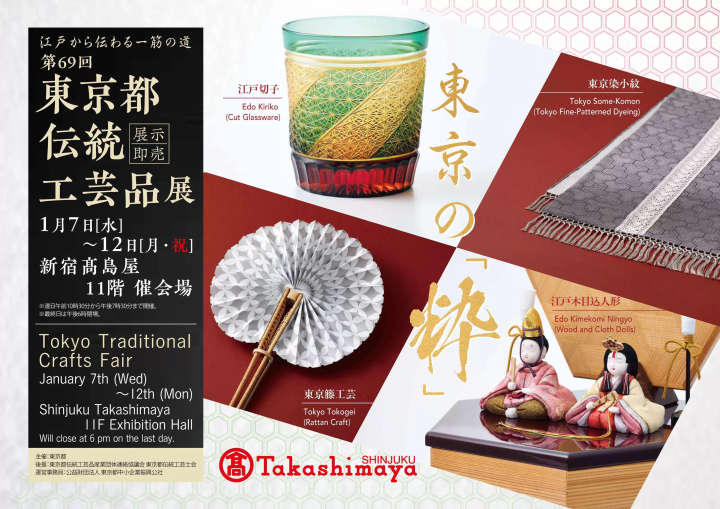A gentle stroll spot where you can enjoy the charm of Nakano, Tokyo

Nakano ward in Tokyo is home to shrines, temples, shopping streets, subculture spots, and lush parks. We will introduce recommended spots based on the "Nakano Goshuin Walking Map" created by young employees of companies in the ward as part of Nakano ward's city promotion project, the "Nakano Mirai Project."
2 hours
Zenjoji Temple is located in the Taoyuan Shopping Arcade, a 4-minute walk from Nakano Station on the JR Chuo Line and Tokyo Metro Tozai Line, and has a large red seal with Sanskrit characters. Goma, a practice from ancient Indian Buddhism, was brought to Japan by Kukai as the ultimate training method, in which fire is lit and powerful sutra chanting is performed to confront worldly desires. It is spreading faith as a "prayer temple" that is a spiritual anchor for the people who live there. (4-minute walk from Nakano Station on the JR Chuo Line and Tokyo Metro Tozai Line)
After getting a goshuin stamp at Nakano Fudo from Nakano Station, head to Nakano Sun Saka Shopping Street from the north exit of Nakano Station, passing through Momozono Craft's Momozono Shopping Street and Nakano Nakano sun mall Shopping Street, which has the atmosphere of a European back alley. (Approximately 5 minutes on foot)
After enjoying shopping and a variety of restaurants at the lively Nakano Nakano sun mall shopping street, head to Nakano Central Park and Nakano Shiki no Mori Park. There are also plenty of cafes and restaurants to take a break in the greenery. (7 minute walk)
After enjoying the greenery, head to Nakano Ward Office, which borders Shiki-no- Mori Park. Events and workshops are held in the event space inside and outside the building on the first floor, and you can enjoy drinks and meals at the cafe. (2-minute walk)
Nakano Broadway is a mecca for subculture. Not only are there subculture shops, but there are also shops selling luxury brand watches and vintage antique watches at the individual market in BF1, unique restaurants, and the building is constantly evolving into a commercial complex. (4 minute walk)
Go Higashi along Waseda Street and head towards Shogenji Temple, popularly known as the "Saru-dera" (Monkey Temple) because of the legend that the fourth head priest escaped danger thanks to a monkey. This temple is the second temple of the Yamanote Thirty-three Kannon Temples and the nineteenth temple of the Tokyo Thirty-three Kannon Temples. (Approximately 17 minutes on foot)
(17 minutes on foot)
(4 minute walk)
After receiving a stamp at the temple of Shogenji, Arai Yakushi Baishoin, affectionately known as Oyakushi-sama, and Kitano Shrine, the guardian shrine of the former Arai village where Sugawara no Michizane, the god of both literature and martial arts, is enshrined, you can take a break at Mori. In addition to the green space and benches by the water, you can also use the cafe in the adjacent Nakano City General Gymnasium. (Approximately 7 minutes on foot)
We head to Nakano Numabukuro Hikawa Hikawa , the main shrine of the former Nogata village, where Nakano -no-Mikoto, who defeated the Yamata no Orochi, is enshrined, and to Mikkō-in Temple, which was originally founded within Odawara Castle in the late Sengoku period and enshrines the Buddha image of the Hojo clan as its principal image (eight-minute walk).
(8 minute walk)
We will walk from Tetsugakudo Park, a nationally designated scenic spot themed on the philosophy of Enryo Inoue, founder of Toyo, to the former Nogata Water Tower, a nationally registered tangible cultural property (11 minute walk).
(4 minute walk)
Take a stroll through Ekoda no Mori Park, a disaster prevention park in the northern Nakano Ward that makes use of the rich existing forest on the former site of the Kunitachi Sanatorium Nakano Hospital and harmonizes with the health and welfare facilities. The last stop is Shin-Ekoda Station on the Toei Oedo Line. What do you think? (Approximately 12 minutes on foot)
6 minutes walk to Shin-Ekoda Station
Spots introduced in this itinerary
Nakano city is located in the western part of Tokyo's 23 wards. It is especially famous for Nakano Broadway, known as the "holy land" of subculture, but it also has many other tourist attractions such as historic shrines and temples and gourmet food. While the area around Nakano Station is undergoing a "once in a century" redevelopment, the town is undergoing change, and the town is bustling with old-fashioned, friendly shopping streets, making Nakano a very diverse city. This diversity is also what makes it a city with a population of about 17,000 people from about 120 countries.
The contents on this page may partially contain automatic translation.








































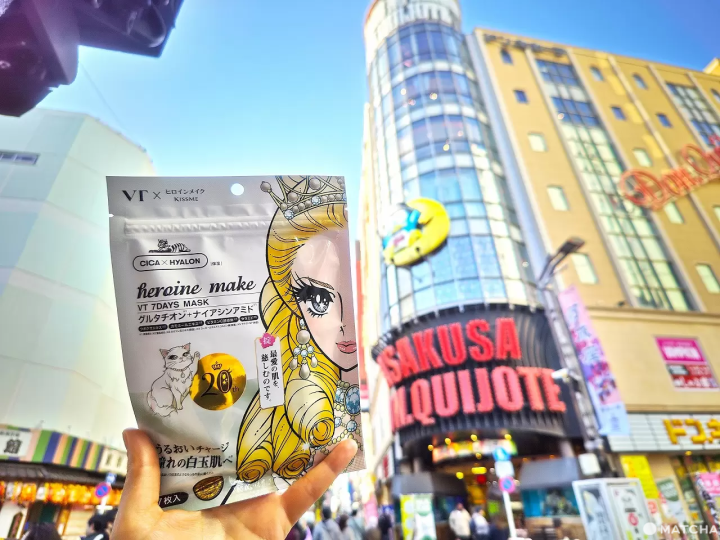
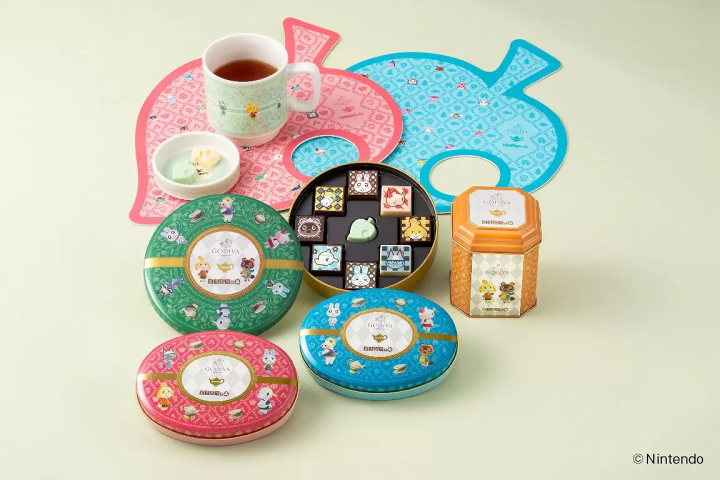
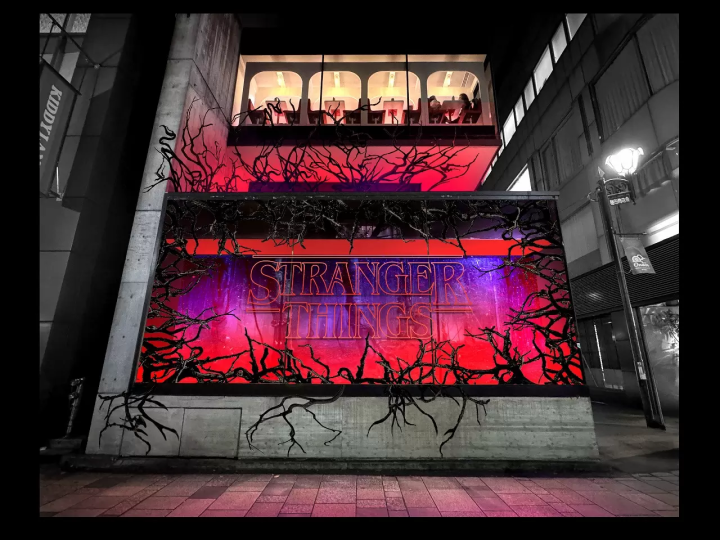
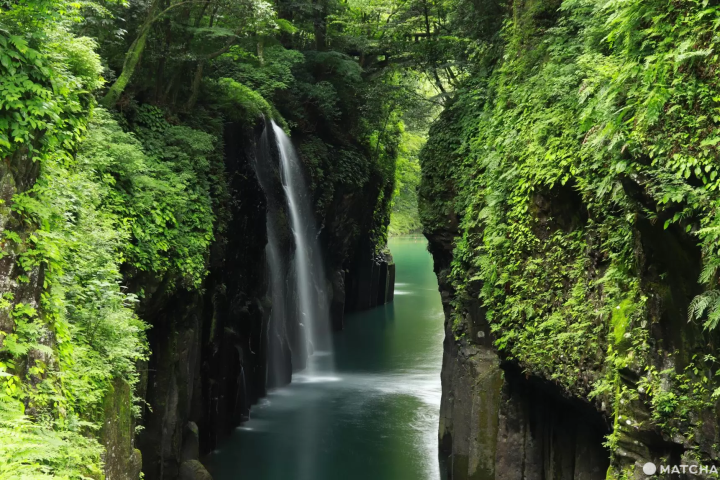





![[JR KYUSHU HOTEL Blossom Oita] A hotel directly connected to Oita Station - A comprehensive guide to access!](https://resources.matcha-jp.com/resize/720x2000/2025/10/23-247814.webp)
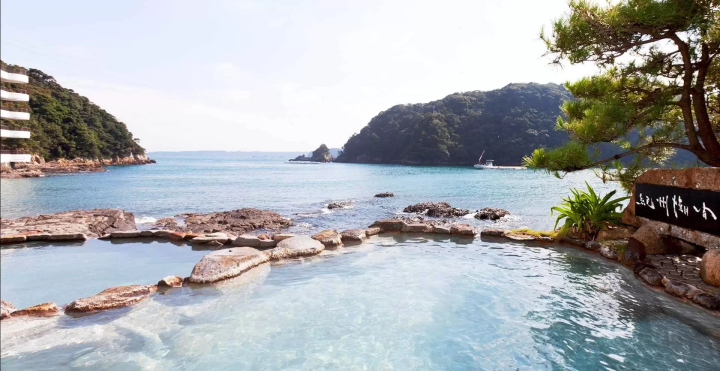
![Deep dive into Japanese brands! A tour of famous leather shoe stores with GENSEI & Nin [Harta Edition]](https://resources.matcha-jp.com/resize/720x2000/2025/12/18-253277.webp)
